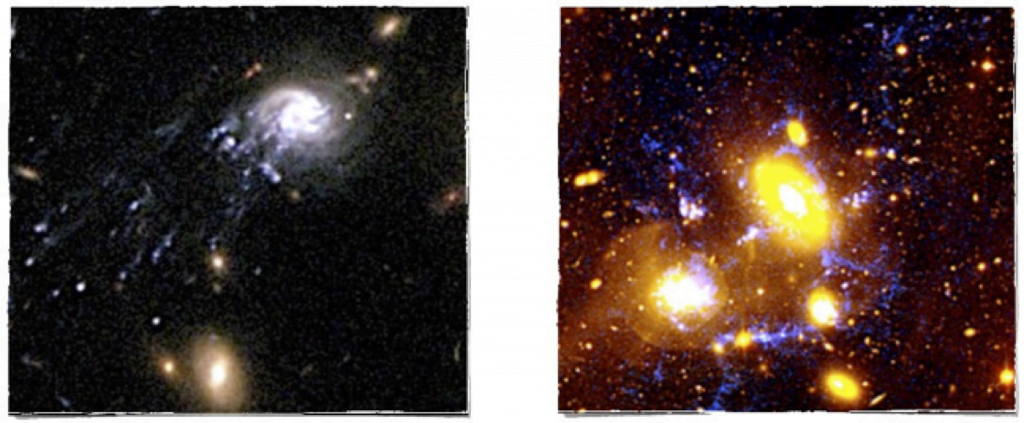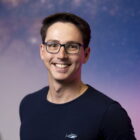One of the most outstanding challenges in extragalactic astronomy is to identify the astrophysical processes responsible for transforming simple gas clouds into the heterogeneous population of galaxies inhabiting today’s Universe. How did galaxies of different types form and evolve? Does the environment where a galaxy lives influence its evolution? Inevitably, the answers to these questions entail a detailed investigation of all the components of the interstellar medium (gas, dust, metals) and their relation to stellar properties, kinematics and environment. This clearly requires multi-wavelength information for statistically significant samples of galaxies across the cosmic web, which are becoming available only now.
Our research group investigates the physical properties of galaxies and their dependence on redshift and environment using large, multi-wavelength datasets. The multi-wavelength approach is at the foundation of our research, as it is the only way to trace all the baryonic constituents of galaxies and to reveal how the Universe formed and evolves.
We offer projects suitable for both Master and PhD students spanning a wide range of topics, and taking advantage of observations obtained with state-of- the-art ground- and space-based facilities.
For the academic year 2021/2022 we offer projects primarily focused on the scientific exploitation of data obtained as part of the following state-of-the-art surveys:
- The MAUVE survey, a brand-new large program with the VLT/MUSE instrument focused on understanding how the star formation and interstellar medium of galaxies are affected by the environment in the most massive structures in the Universe.
- The WALLABY survey, performing the largest ever survey of atomic hydrogen content of galaxies in the local Universe. Work on WALLABY will focus on the characherisation of the physical link between gas accretion and star formation in galaxies.
- The SAMI and MANGA integral field spectroscopic surveys, providing us with an unprecedented view of the kinematics and metallicities of gas and stars in large samples of galaxies.
- The DEVILS survey, tracing the effect of the environment across the last few billion years of galaxy evolution.

Galaxies in transformation discovered by the ICRAR/UWA group. Left: The comet (or jelly-fish) galaxy, an extraordinary object infalling into the centre of a cluster. The tail departing from the galaxy is made of clusters of new stars formed within the gas stripped from the galaxy (Cortese et al. 2007). Right: The compact group of galaxies showing the highest star formation rate density ever observed in the local Universe. The features highlighted in blue represent streams of ionised gas that extends for almost hundred thousands light-years outside the galaxies (Cortese et al. 2006).




